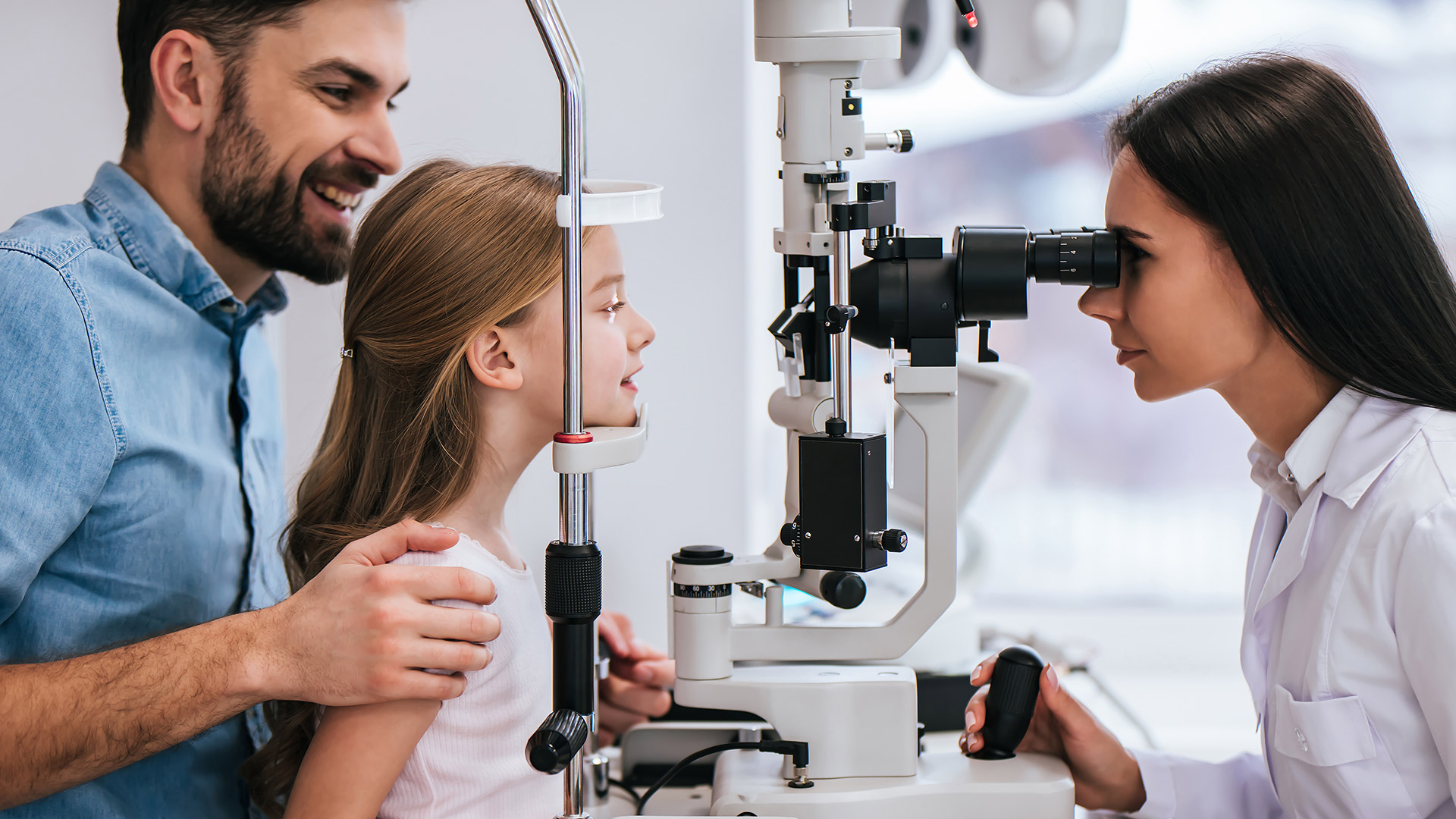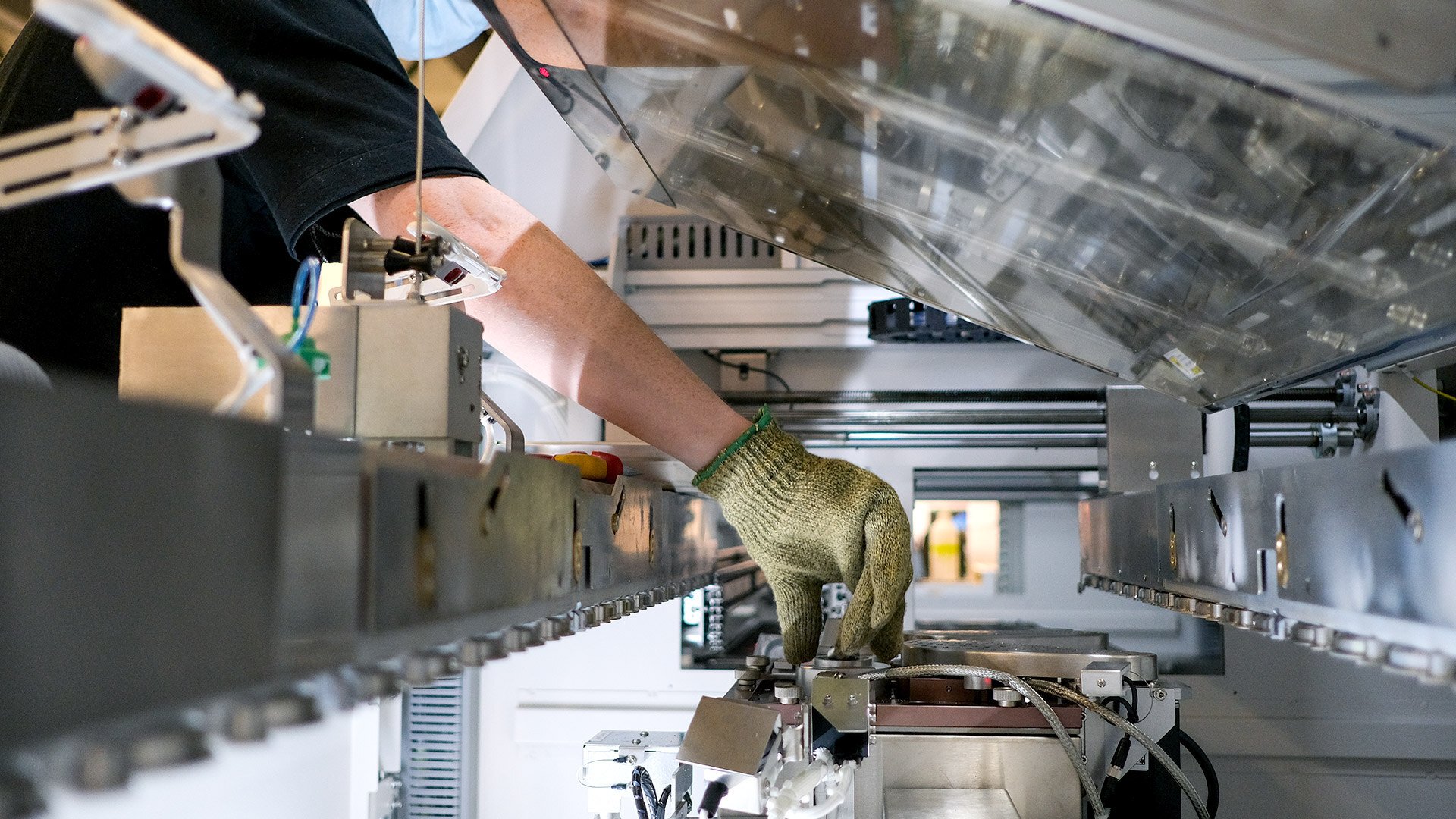Will your medical device be in direct or indirect contact with the patient? Biocompatibility will be incredibly important for the development of your device. But why is biocompatibility seemingly a small but very critical part of medical device design and life cycle management? Our head of Clinical Affairs Dr. Satu Päiväläinen continues to share important details on what needs to be considered while bringing medical device to market under the new MDR.
![]() Biocompatibility refers to the ability of a material or medical device to safely interact with biological systems without causing adverse reactions or unacceptable harm. It involves evaluating and ensuring that the material or device is compatible with living tissues, cells, and organs, considering factors such as toxicity, immunological response, and long-term safety.
Biocompatibility refers to the ability of a material or medical device to safely interact with biological systems without causing adverse reactions or unacceptable harm. It involves evaluating and ensuring that the material or device is compatible with living tissues, cells, and organs, considering factors such as toxicity, immunological response, and long-term safety.
“First of all, if the device has a part that will be in contact with the patient, then verifying its safety in the technical documentation is mandatory. The level at which it is done varies, but there must be something on biocompatibility if there is a part that is in contact with the patient," Satu says about the importance of biological evaluation.
Finding compliant materials for biocompatibility
Mistakes can already be made in the design phase. “When the company starts selecting materials for the parts that will be in contact with people, you can really go wrong if you don't know how to classify the materials you need. In the end, this affects e.g., supplier selection, because some are unable to supply certain material qualities or related documentation. This is the case in both clinical and biological evaluation,” Satu says about how early biological evaluation is relevant. “It’s not enough that the supplier tells you all the necessary testing has been done. You need physical documentation,” she adds.
“If the materials are not accounted for in time, there is real risk that the design will be taken into a certain direction based on the materials, the whole design has to be overhauled with massive costs if the materials end up not being biologically compatible,” Satu cautions. “Suppliers might need to be switched; new prototypes need to be made. When quality changes, the behavior of the material might change. There can be a wide-reaching ripple effect in the project,” she adds.
Biocompatibility testing
When asked if just going to test laboratory would be enough to cover biocompatibility, Satu answers that testing alone typically not be enough. “Depending on the device, contact and time, certain reports and plans must be written. Many companies say they comply with ISO 10993, but this relates to the testing. If compliance to the ISO 10993-1 is claimed by the device manufacturer, a biological evaluation plan and report documents are required. If the company orders only the tests, there will be no documents and you must write them yourself.”
Biocompatibility testing is essential not only for assessing materials but also for evaluating the production processes to ensure the absence of residues. Testing endpoints such as cytotoxicity, irritation, and sensitization can take 4–6 months, making it crucial to plan and prioritize testing on the specific part that will be in human contact early in the project. Delaying testing until the device design is complete can result in those 4–6 months of wasted time and resources, emphasizing the importance of considering biocompatibility from the outset.
Partnering streamlines biocompatibility
When asked for advice, Satu says that involving an experienced clinical evaluation team as early as possible saves time and costs from the project.
“As an example, there was a case where minor changes were made to a device or part and our involvement proved valuable for our partner. Instead of redoing the entire testing package, as originally suggested by the testing laboratory, we carefully assessed the changes and their potential risks. Surprisingly, the changes made reduced the risks related to biological safety, allowing us to recommend conducting only the most sensitive and cost-effective test for final confirmation. Ultimately, this approach saved our partner both time and money while ensuring the device's safety and compliance,” Satu concludes.











